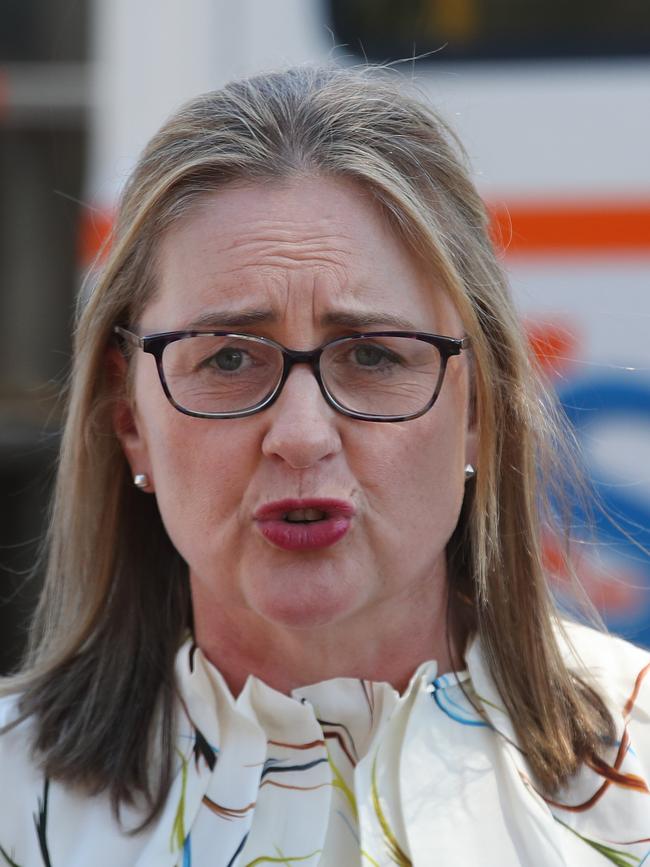
Our east coast capital cities — Melbourne, Sydney and Brisbane — are heading in different directions.
Melbourne is aiming to become the rental capital of Australia. Sydney makes it too hard to develop large-scale residential accommodation while Brisbane and the Gold Coast are grappling with the implications of regular floods in certain areas plus an out-of-control union movement in large building projects.
Brisbane needs a global coal boom to help pay for exploding Olympics costs.
National businesses, including national media groups, will face significant long-term challenges as these differences change customers and audiences.
The increase in differences also pose significant challenges to the Canberra government.
All three states have significant regional development opportunities and their capital city situations will increase migration to the regions.
By far the biggest change will take place in Melbourne where, under the smokescreen of high debt, the Andrews/Allan governments have devised policies to turn Melbourne from a high dwelling/car ownership city into one where renting a dwelling becomes the big growth area and where per capita car ownership falls.
Former premier Daniel Andrews devised the strategy and his successor Jacinta Allan is implementing it.
The Andrews/Allan combination is well aware that renters are more likely to vote ALP than those who own a dwelling and Melbourne’s population may rise significantly, partly because of what is happening in Sydney and Brisbane.
The Victorian government plan to substantially increase the number of people renting is incredibly simple.

Melbourne has large areas of land around the city and in transport corridors that are available for residential apartment development. Gaining approval to develop these areas along with residential houses in outer suburbs has been a total nightmare which adds substantially to the cost of the dwellings.
Apartment developers in the inner city and transport hubs are unofficially being told if they have a “build for rent” project not only will there be a smooth ride, subject to basic rules, but they can build higher towers than if they propose a “dwelling ownership” building.
Normally, a portion of the rental development must be available for social housing which the government will rent. There is capital available for “build for rent” because there are plenty of overseas investors who see the plot ratio advantages.
In time, local institutions will also join the thrust. And the shortage of rental accommodation means demand is strong — so in social housing, and in many other developments, car parks for single bedroom apartments are not required. Over time per capita car ownership will fall.
Such huge incentives for the development of rental properties means that in around 20 years the city will be transformed.
The federal Coalition is planning to make buying a first dwelling far easier. If there is a change in the Victorian state government during the next 10 years then, combined with a Coalition policy, the rental trend might be reversed. But once population trends develop they are very hard to reverse.
The state opposition has not picked up on the fundamental changes taking place and many young journalists rent anyway.
Sydney has also toyed with the idea of stripping its housing costs by making planning and approvals easier. The original Sydney plans involved developing both rental and ownership accommodation models.
But Sydney has an enormous web of planning bureaucrats and endless approval bodies designed to delay and increase the costs of development. Mobilised by a strong planning minister they have been too powerful for most NSW premiers and certainly the current one.
Developing large-scale residential development in Sydney remains extremely difficult and unless there are fundamental approval rule changes over time it will become Australia’s second largest city by a significant margin.

Brisbane is fascinating. In theory it is the best placed city to take advantage of the Sydney mess, particularly as in Brisbane and the Gold Coast approvals are subject to routine rules but anything reasonable is approved. It’s a developer’s paradise and with Queensland’s massive coal revenues the state doesn’t have anything like the debt problem of Victoria.
But large scale Brisbane building is now controlled by militant unions who take advantage of chronic skills shortages to gain higher pay for less work.
The cost of the Olympics will be monumental and despite Queensland’s coal royalties it will drain resources.
Then comes the cost of insuring dwellings in the light of floods. Most of Australia’s flood prone dwellings are in regional areas.
Melbourne and Sydney have flood areas but the largest capital city risk exposure is in the Brisbane and Gold Coast areas.
Around the world, the flood danger to many cities has been increased because more soil has been sealed by buildings, roads and other infrastructure — so instead of seeping into the soil water flows into gutters and roads and congregates in flood prone areas.
In Queensland above the Tropic of Capricorn dwelling insurance is prohibitively costly and the high rains this summer will turn attention to insurance rates in areas of Brisbane and the Gold Coast.
Meanwhile, Perth basks in iron ore revenue while Adelaide will be a boom city if the defence projects and BHP’s massive copper basin plans come to fruition. But Canberra legislation has put a question mark over the copper boom.
Hobart is simply a lovely place to live.







In an era where family business is under attack by the federal government and icons like Qantas and Woolworths have turned themselves into political footballs, prepare for another fundamental change.